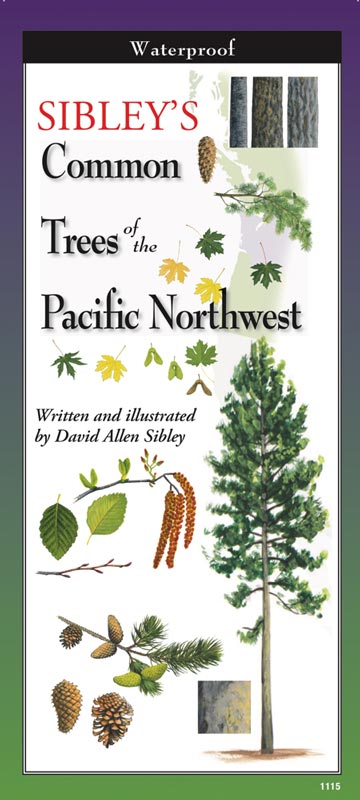
The male cones are smaller, often more numerous, and just sit around their branches spreading pollen through the wind.) (What are female cones, you ask? The ones you usually pick up off of the ground. This species is most easily identified by their pointy red terminal buds and the triple-forked bracts that peek out from under the scales of the female cones. Like all evergreen trees, healthy Douglas firs never lose all of their leaves at once, keeping the Pacific Northwest green throughout the year. Trivia aside, the Douglas fir (or should I just say Pseudotsuga menziesii) is a common resident of Northwestern North America, standing straight, strong, and tall in forests throughout the region. Douglas fir ( Pseudotsuga menziesii) female cone Douglas fir ( Pseudotsuga menziesii) terminal buds Furthermore, the Douglas fir is not a fir at all, but rather a member of the fairly exclusive genus Pseudotsuga, which means “false-hemlock.” Thus, the Douglas fir is yet another prime example of the unreliability of common names. Not only does the scientific name reference not David Douglas but Archibald Menzies, also a Scottish botanist who botanized throughout the Pacific Northwest.

However, this common name is also entirely misleading. Its common name–Douglas fir–evokes the great Scottish botanist, David Douglas, a man who explored so much of North America that he even got a squirrel named after him ( Tamiasciurus douglasii).

I will begin with one of the great symbols of the Pacific Northwest: Pseudotsuga menziesii. As with the majority of my posts, I hope to provide a useful reference for plant identification. This spring I was tasked with assembling an identification guide for a certain collection of native plants, so I thought I would use these premeditated characterizations to continue my survey of Pacific Northwest trees.


 0 kommentar(er)
0 kommentar(er)
